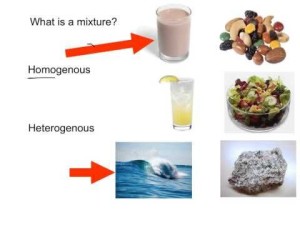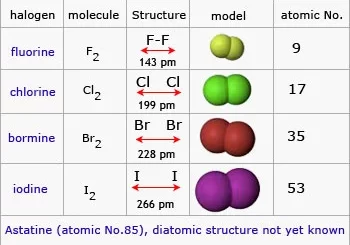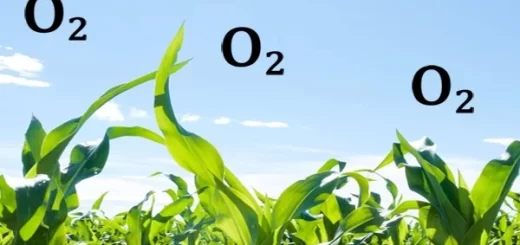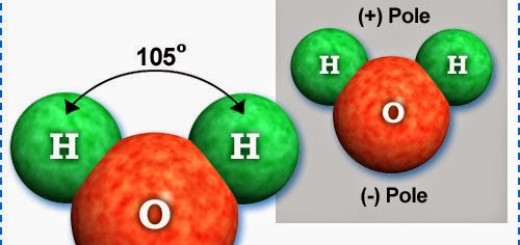Types of mixtures in terms of homogeneity
The mixtures
The matter can be classified into the pure substance and the mixture, where the tea, the juice, the soap, the perfumes, the paints and the blood flowing in our bodies are considered mixtures, The mixtures can be classified in terms of homogeneity into the homogeneous mixtures and the heterogeneous mixtures.
The homogeneous mixtures whose components can’t be distinguished by the naked eye such as the table salt, the heterogeneous mixtures whose components can be distinguished by the naked eye like the solution of the sand with the water and the solution of the oil with the water.
The solution
When you put a spoon of table salt in a glass of water and stir well, You notice that the salt disappears and the water is clear, If you take samples from different parts, You will find that they contain the same percentage of the salt weight.
The mixture of water and salt is homogeneous in all its parts and this is called a solution (the homogeneous mixture), It is known that the solution is made up of the Solvent (the water) and the Solute (the table salt), The metal coins are a type of solutions because the coin is an alloy of copper dissolved in silver in a homogeneous form.
The solutes are the substances that are found in the solutions with the smaller amounts (the substances that dissolve on the solvents), The solvents are the substances which are found in the solutions with the greater amounts (the solvent is the substance where the solute is dissolved).
The solution is the mixture that is homogeneous in composition and properties and it consists of two substance or more which are not chemically united, All solutions are mixtures (homogeneous mixtures), but not all the mixtures are considered solutions.
The homogeneous mixtures are the mixtures where the solute molecules are regularly distributed in the solvent parts, They are characterized by having the same appearance in all their parts, The heterogeneous mixtures are the mixtures where the solute molecules are irregularly distributed in the solvent parts, They are characterized by having a constant in properties of their parts.
Types of solutions in terms of solute concentration
The solutions are classified according to the concentration of the solute into three types which are the unsaturated solution, the saturated solution, and the super ( pre )-saturated solution.
The unsaturated solution is the solution in which an additional amount of the solute can be dissolved at a certain temperature, The solvent has the ability of dissolving another amount of the solute, The saturated solution is the solution where no additional amount of the solute can be dissolved without a change in the temperature, The solvent has not the ability of dissolving another amount of the solute.
The super-saturated solution can allow the dissolution of the additional amount of the solute with the temperature increase because during heating, the intermolecular spaces between the solvent molecules expand that allow the dissolution of the additional amount of the solute, The amount of the solute is greater than that in case of the saturated solution.
Matter, Mixtures Types, Properties, Formation and Separation




